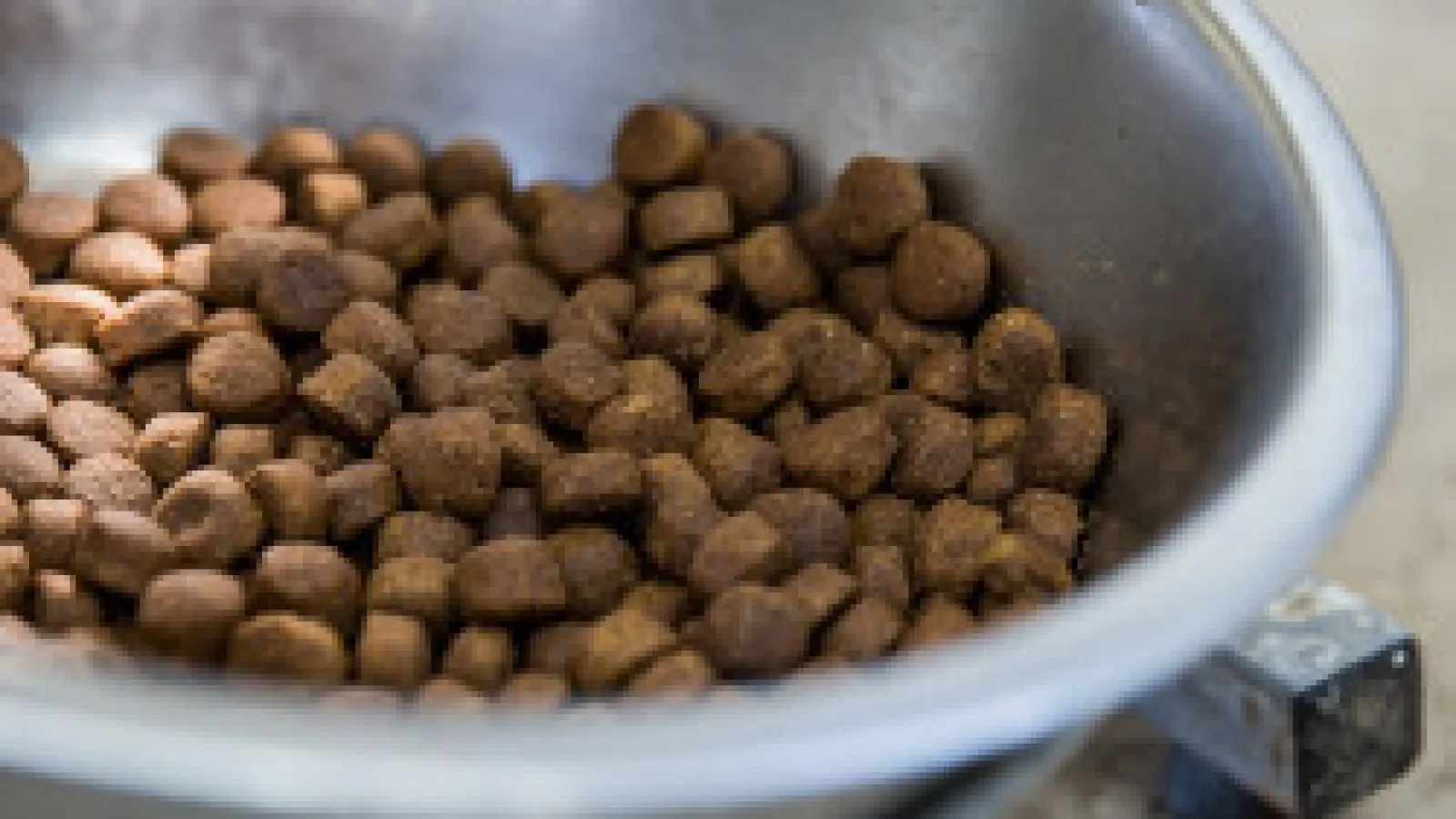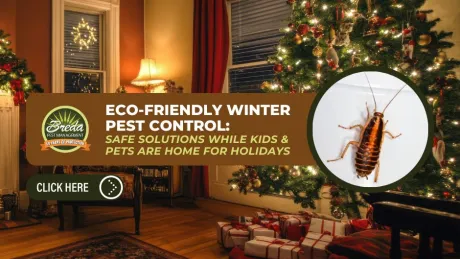We've all done it before; leaving the pet's bowls out overnight because we are too lazy, or tired, to pick it up. Maybe you let your pets free feed, and always leave the bowls out. This could become a problem for you if it becomes a habit. In the eyes of a cockroach, leaving out pet food and leaving out human food are the same thing, a tasty meal. Cockroaches are known to carry diseases that they can transfer to your pet's food, so don't take this situation lightly.
Feeding Time
When it comes to feeding your pets, we recommend feeding them according to a veterinarian approved schedule. Pour your pet's food out only when it is time for them to eat. Make sure you pick up any food that you spill, or that your pet loses track of. Be sure to sweep your floors often to make sure any stray food is not left on the ground.
The water bowl is also something to look out for. Bugs love water and are attracted to moisture, so putting your pet's food and water right next to each other is like hitting the jackpot for cockroaches.
Special Bowls
There are a few different types of bowls you can buy at your local pet supply store that will help you discourage bugs from getting into your pet's food. Here are a few ideas to look for when shopping for bug-proof bowls:
Rounded lip: A bowl with raised edges that make it more difficult for bugs to climb over and access the food or water.
Raised Up: A bowl, or a stand, that is raised off of the ground that makes it more difficult for bugs to climb up the side of the dishes to access the food or water.
Moated: A bowl with outer and inner dishes, the outer being filled with a soapy water mixture that deters and kills bugs that try to reach the food in the inner dish.
Food Storage
When you buy pet food, it often comes in plastic bags or in cans. Both plastic bags and cans can be hard to reseal properly. You do not want bugs finding their way inside or being attracted to the smell of these improperly sealed containers. Pour your pet food from the bag or can into an airtight, sealable plastic container. These plastic containers will keep the odor in and the bugs out. Be sure to store the food and the bowls off the ground.
When you get rid of your bags, make sure they are empty and don't leave them in your indoor trash for too long, as they probably still have the scent of the pet food on them. When you get rid of your cans, make sure to rinse them out so that there is no food residue left inside the can that may be attracting bugs.
Insecticides and Repellents
Be careful when using bug traps, insecticides, and repellents around pet food and pet dishes, as these could be harmful to your pets.
Try to find natural repellents that cockroaches dislike, that will be safe for your pet to ingest or inhale. Try some of these natural scents:
Cucumbers
Nepetalactone (found in catnip)
Mint oil
Kaffir lime leaf oil
Osage orange oil
Almost all insecticides and pesticides found on the market, even if listed as organic, or natural, are still toxic to pets. There are some that have lower toxicity levels for warm-blooded mammals, making them "safer" and "less toxic", but we recommend steering clear of these treatment methods altogether. Using glue boards and traps are safe, non-toxic options that you can use to kill cockroaches.
Diatomaceous Earth is the number one seller in the natural pest control market. This substance is a highly abrasive powder that completely destroys the exoskeleton of any insect that comes in contact with it, leading to dehydration and death within hours. Though this sounds intimidating, it is completely harmless to children, pets, and furniture. If your roach problem is a big one, consider putting some diatomaceous earth around problem areas.
To learn more about cockroaches, or to find other tips and tricks, check out our latest guide, How to Protect Your Home from Cockroaches.



